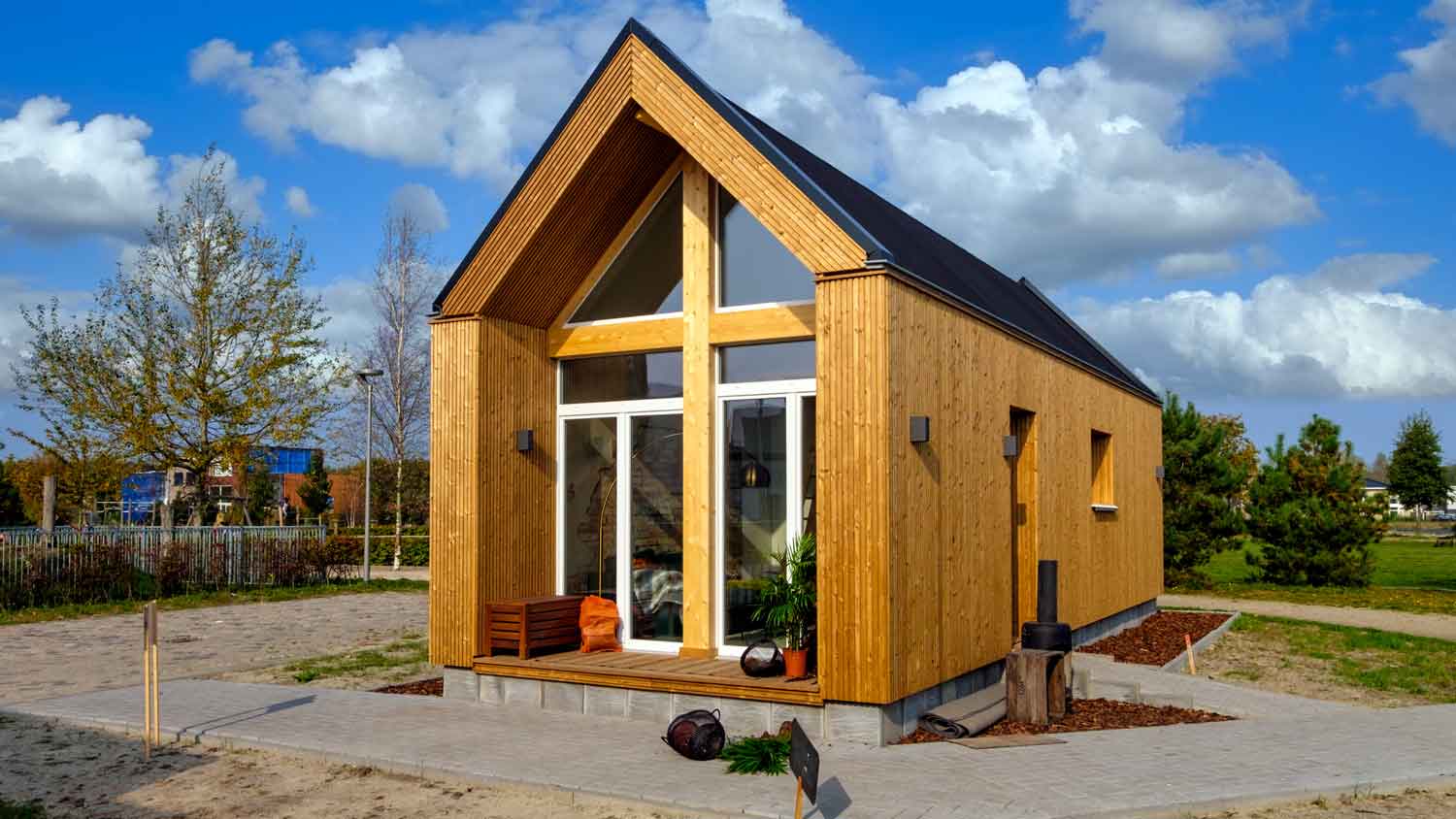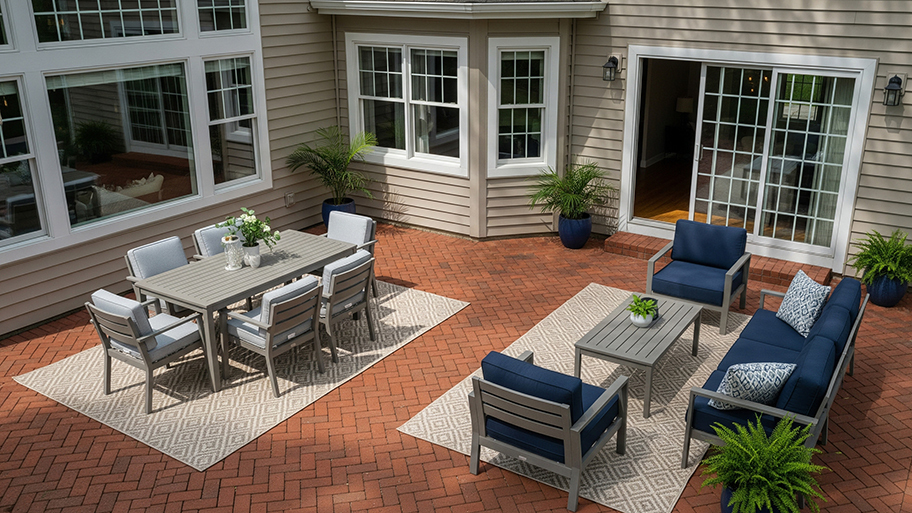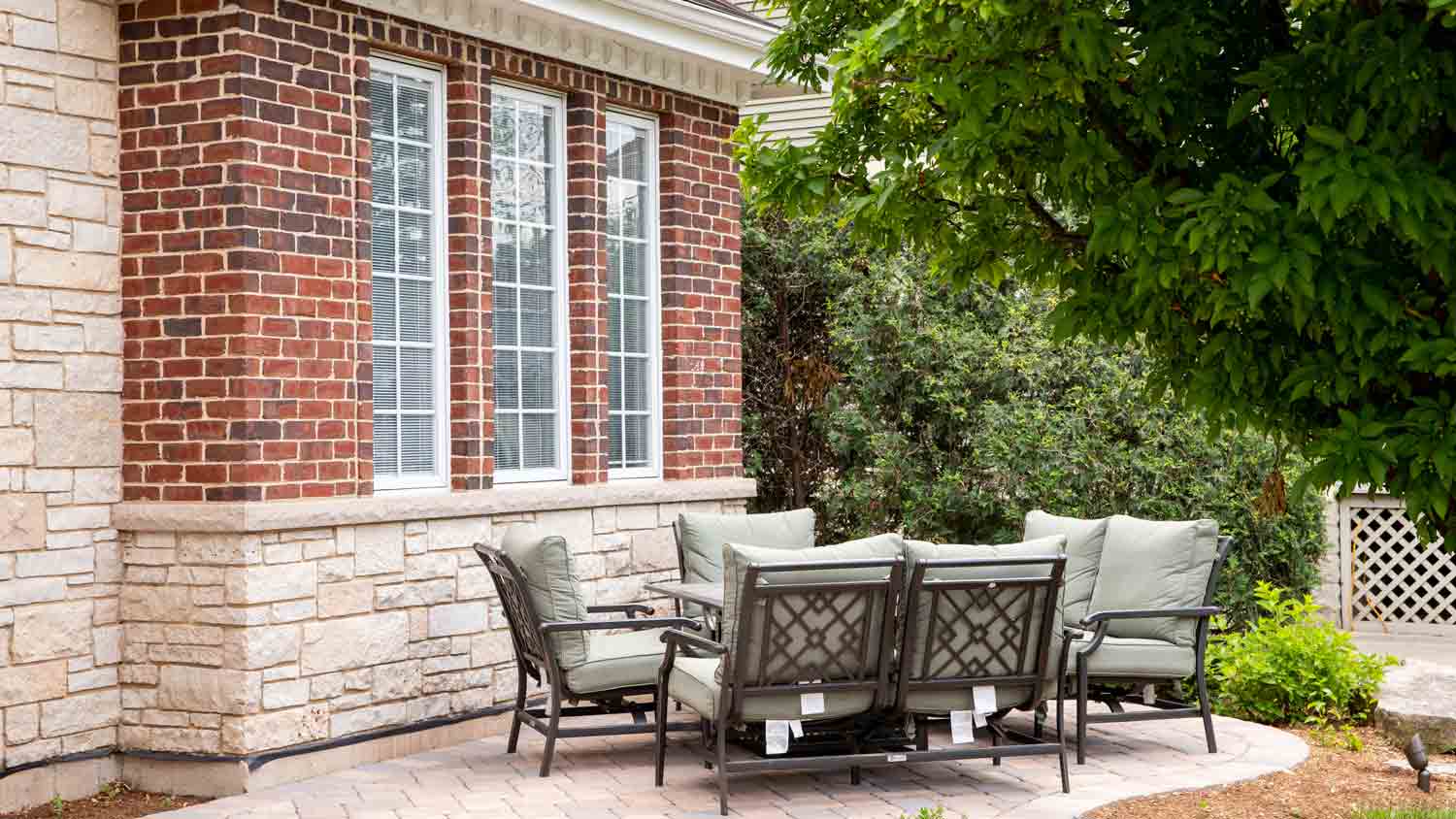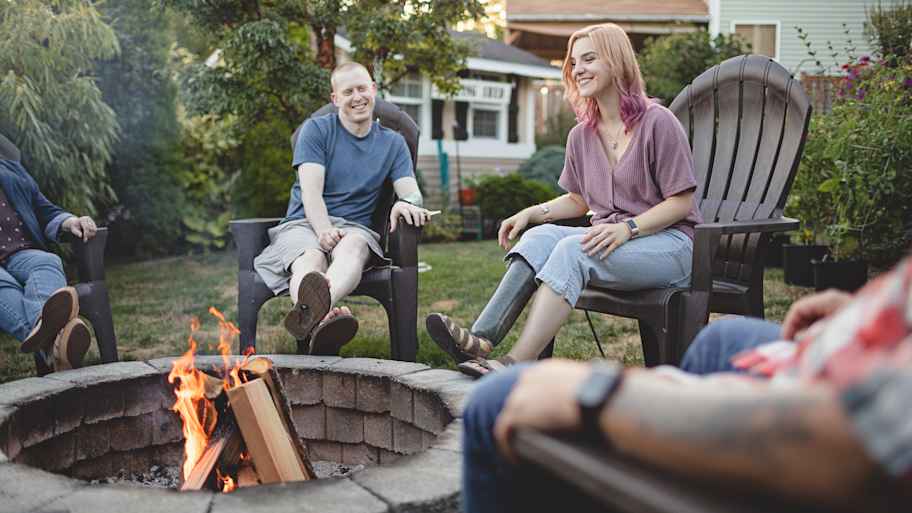
Door or window lintel replacement costs $400 on average, but there are ways you can save. On the other hand, complicated work will increase costs considerably.
Start your tiny home journey on a solid base


Tiny homes appreciate in value if built on a foundation
Slab-on-grade foundations are the cheapest to build
Local building codes will determine which foundation to use
Foundations protect against a number of environmental factors
A slab foundation for a tiny home will typically cost around $2,500 for 400 square feet
Tiny houses are tiny by design, but that doesn’t mean they need to be on trailers. Just as a tiny house can be a full-time home, these structures can be set on foundations like any other structure. While your tiny home won’t be as mobile set on a permanent structure, this will allow your home to utilize existing utility lines and appreciate in value over time.
The foundation of a building acts as a solid platform between the building and the ground, which helps distribute the load of the structure and protect it from outside elements. Other purposes for building a foundation under your tiny home—or any other structure—are:
Preventing moisture damage: Most foundations are waterproof and have moisture barriers installed, protecting the building from groundwater and seepage.
Protection against external forces: Earthquakes, wind loading, and snow load are all no problem to most building foundations. These provide much more protection than a trailer.
Land value increase: If you decide to sell your property, prospective buyers will like the knowledge they can plant a permanent structure on the existing foundation.
Foundations can seem expensive, with concrete foundations coming in between $4 and $25 per square foot, and depending on the type of foundation you choose to place under your tiny home, you may find yourself paying more than you would for a trailer. But while you can move a trailer, they lack any of the protections listed above.
There is no one size fits all answer, as all tiny houses are different. However, it’s safe to say that most tiny houses would benefit from a permanent foundation. Tiny house foundations are usually similar to shed foundations, with some key differences mainly coming from residential building codes.
So, how do you know if your tiny house needs a foundation? Here are some questions you can ask yourself to help you decide:
Do you want your tiny house to be mobile? If so, you won’t want a foundation.
Can you afford to construct the foundation? (Slab pours are typically the cheapest.)
Do you have enough space on your land for the foundation? Is the ground a good candidate?
Have you checked with your municipality to ensure you can do this?
Would you like a secondary structure on your property if you already own a main home?
If you answered yes to most of the above, you might want a foundation for your tiny house. Talk to a concrete foundation company near you to get accurate quotes and ideas for your space.

Tiny houses often conjure up images of Hobbit holes on wheels. Many are cute, purpose-built homes around 150-300 square feet and are relatively inexpensive. Because of these factors, many people won’t think of building or integrating an existing tiny house onto a permanent foundation, but there are many reasons you should.
There are few investments as dependable as real estate. An interesting way to think about tiny house investment is this: a tiny house on a trailer is like a boat, which loses value over time. This is called depreciation. But a tiny house on a foundation—even a cheap foundation like slab-on-grade—gains value instead, as permanent structures are more of an asset and less of a liability.
Tiny houses built on foundations often have a longer lifespan, as they’re better protected from the elements. Weather events like rain, snow, hail, and tremors have less impact on structures on permanent foundations, as those foundations are designed to mitigate damage to the structure placed on top. This protects your tiny house investment much better than a trailer would.
The unfortunate reality of life is that many of us have nosy neighbors—including some who might find the curb appeal of a tiny house on wheels less than optimal and may complain to an HOA or other organization. Tiny homes on foundations are viewed more favorably and, depending on where you live, could be a requirement.
Codes are designed to keep people safe. However, they can often be a hassle. These codes will cover electrical setup, plumbing, mechanical issues, fuel, gas, and energy sources. Foundations will be inspected but, once approved, will give the tiny home the legitimacy of being approved by a government body. This can make it both easier to insure and sell later on.
From average costs to expert advice, get all the answers you need to get your job done.

Door or window lintel replacement costs $400 on average, but there are ways you can save. On the other hand, complicated work will increase costs considerably.

The cost to brick a house depends on several factors, like labor costs, home size, and brick types. Use our guide to estimate your bricking costs.

The cost to replace brick front steps depends on the type of brick, square footage, pattern, and more. Learn how much you may spend on this project.

Here are the steps to repair your brick patio—whether you need to re-level a sinking patio or replace missing mortar.

Discover the common masonry problems that can harm stone or brick surfaces at your home. While some masonry issues can be fixed with DIY solutions, anything involving brick replacement should be done by a professional.

A fire pit adds attractive entertainment space to your backyard. Learn about standard fire pit dimensions and what factors contribute to fire pit size.